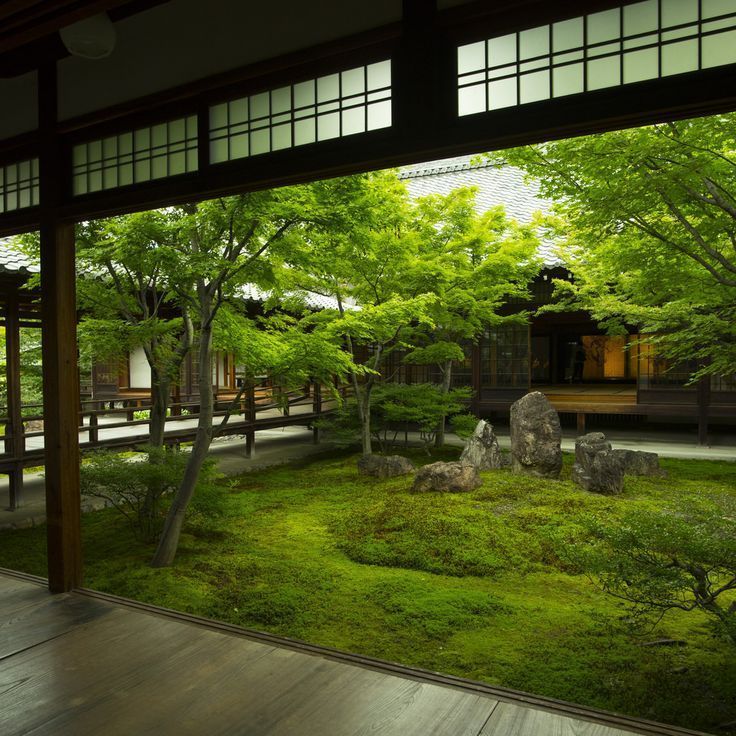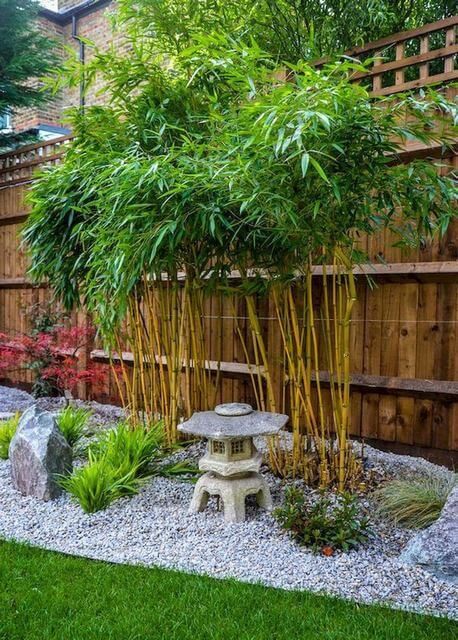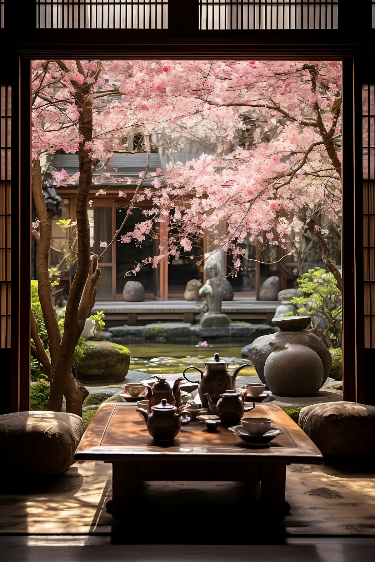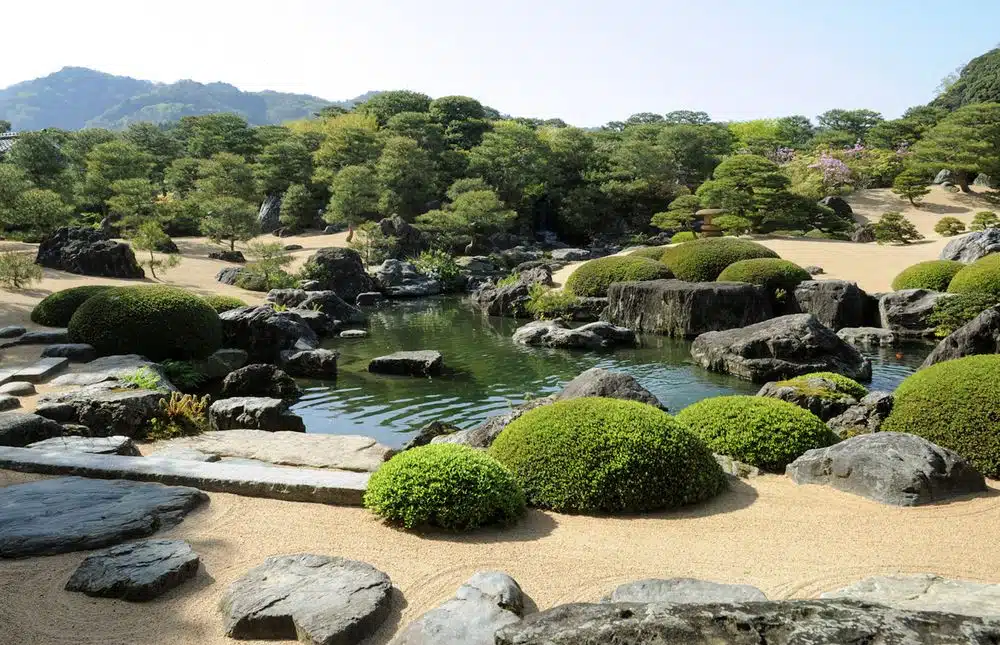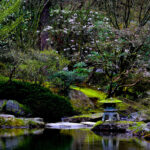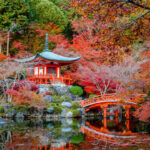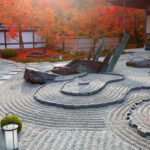Japanese gardens are known for their beauty, tranquility, and meticulous design. These gardens have a long history in Japanese culture, dating back to at least the 6th century. Today, they are popular attractions for tourists and locals alike, offering a peaceful escape from the hustle and bustle of everyday life.
One key feature of Japanese gardens is their attention to detail. Every element in a Japanese garden is carefully chosen and placed to create a harmonious and balanced aesthetic. From the arrangement of rocks and plants to the design of pathways and water features, every aspect of a Japanese garden is thoughtfully crafted to evoke a sense of serenity and calm.
One of the most iconic features of Japanese gardens is the use of water. Water is a central element in many Japanese gardens, symbolizing purity, tranquility, and the passage of time. Ponds, streams, and waterfalls are common features in Japanese gardens, and are often surrounded by lush greenery and colorful flowers, creating a peaceful and serene atmosphere.
Another important aspect of Japanese gardens is the use of rocks and stones. Rocks are carefully selected and placed in a way that mimics natural landscapes, such as mountains, islands, or shorelines. Stones are also used to create pathways, bridges, and boundaries within the garden, adding a sense of structure and order to the overall design.
Plants play a crucial role in Japanese gardens, with a variety of trees, shrubs, and flowers carefully chosen for their beauty, symbolism, and seasonal interest. Cherry blossoms, azaleas, and Japanese maples are common in Japanese gardens, adding bursts of color and fragrance throughout the year. Moss is also a popular plant in Japanese gardens, often covering the ground in a lush carpet and adding a sense of age and tranquility to the landscape.
Finally, Japanese gardens are designed to be enjoyed from multiple perspectives. Visitors are encouraged to wander through the garden slowly, taking in the sights, sounds, and scents of nature. From a teahouse or pavilion, visitors can sit and contemplate the beauty of the garden, enjoying a moment of peace and reflection in a busy world. Japanese gardens are truly a feast for the senses, offering a glimpse into the timeless beauty and serenity of Japanese culture.
 yishifashion Where Outdoor Dreams Become Reality
yishifashion Where Outdoor Dreams Become Reality
